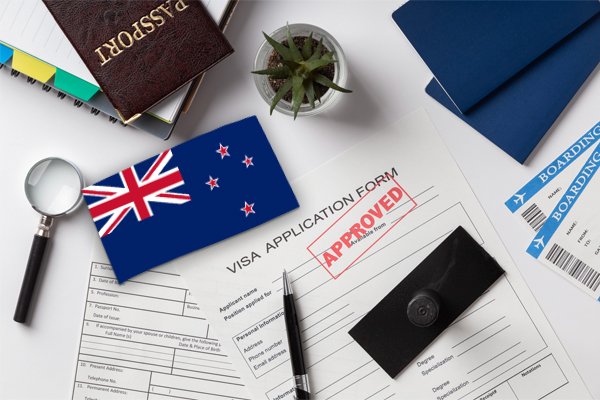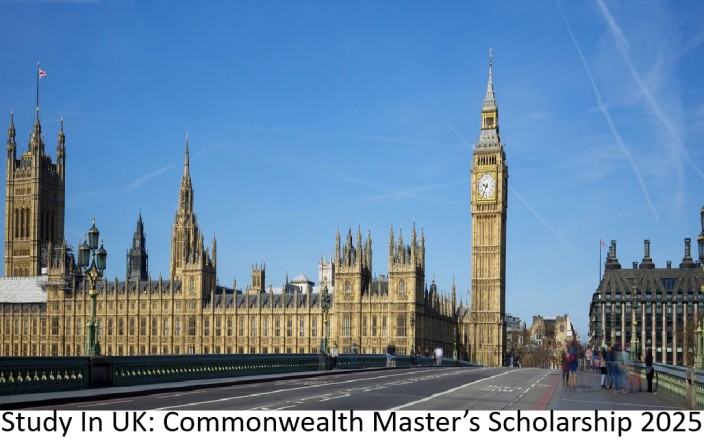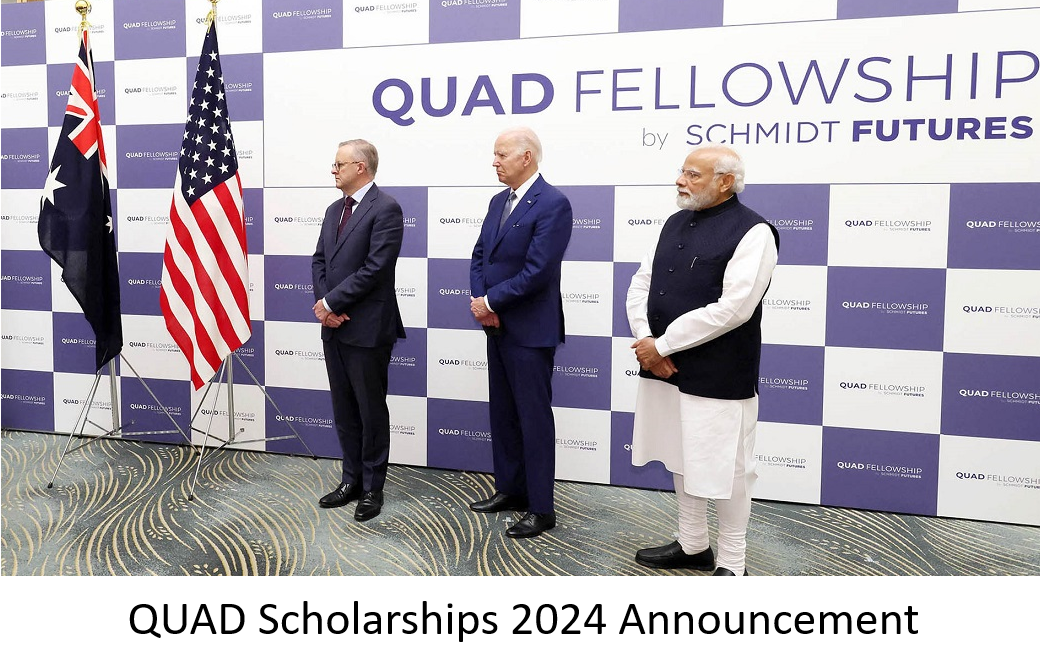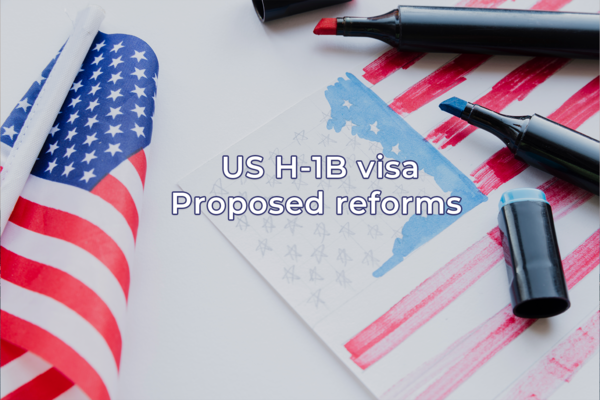Table of Contents
Changing fees for US visa
The US Citizenship and Immigration Services (USCIS) has recently announced a significant update to the premium processing fees for various visa categories, including H-1B and student visas. This move comes after a three-year period of maintaining unchanged fees.
Why the change?
The adjustment aims to account for inflation, prompting an increase in certain premium processing fees. This impacts individuals seeking expedited processing for forms such as I-129, I-140, I-765, and I-539.
When and how the changes take effect
The new fee structure will be implemented on February 26, 2024. USCIS emphasizes the importance of submitting the correct filing fee. Forms accompanied by an incorrect fee will be rejected, with the filing fee returned.
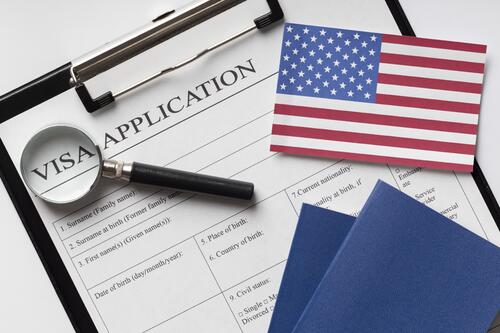
Fee structure breakdown
– Form I-129 (Petition for a Nonimmigrant Worker): $2,805
– Form I-539 (Application to Extend/Change Nonimmigrant Status): $1,965
These fees apply to various classifications, including E-1, E-2, E-3, H-1B, H-3, L-1A, L-1B, O-1, O-2, P-1, P-2, P-3, Q-1, TN-1, and TN-2.
Understanding premium processing
When requesting premium processing, USCIS commits to adjudicative action within specific time frames or promises a refund of the premium processing fee. These time frames vary depending on the classification, ranging from 15 to 45 calendar days.
Implications for H-1B visa holders and students
These changes have affected the H-1B visa, a nonimmigrant work visa. USCIS advises individuals under this classification and others to verify whether annual numerical cap restrictions apply to their filing.
These adjustments in premium processing fees signify an important development for those navigating the complex landscape of US visas. Understanding the why, what, where, when, and how of these changes is crucial for individuals seeking timely processing of their visa applications. Applicants must stay informed and ensure compliance with the updated fee structure, as the USCIS implements these adjustments.

